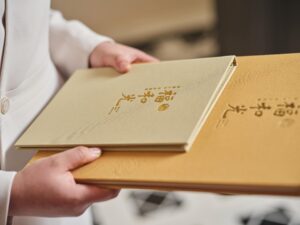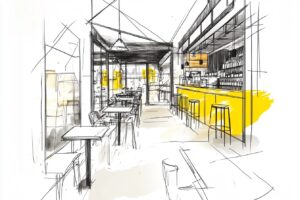Furniture, Floods, and Fat Blokes
Beach Club Furniture Design: A Lesson in Making Things That Last
A few years ago, we were branding designers. Life was good—logos, typography, the odd mood board. But then we stumbled into furniture, firstly because of our work for Fira, then largely because the prices in Thailand were eye-watering, and the quality wasn’t exactly inspiring.
Bali, however, was a different story. We were well-positioned to take advantage of great manufacturing, so we started designing—first with sketches, then 3D models, and eventually full-scale prototypes. Then came the real research: visiting every beach club in Bali to see what worked, what broke, and how much abuse furniture could actually take. Turns out, quite a lot.
Between the blazing sun, monsoon rains, drunk people, and the occasional generously proportioned guest testing the limits of physics, it became clear that durability wasn’t optional. We also saw a lot of smart design solutions—like integrated umbrellas at Potato Head—that we could incorporate into our own work.
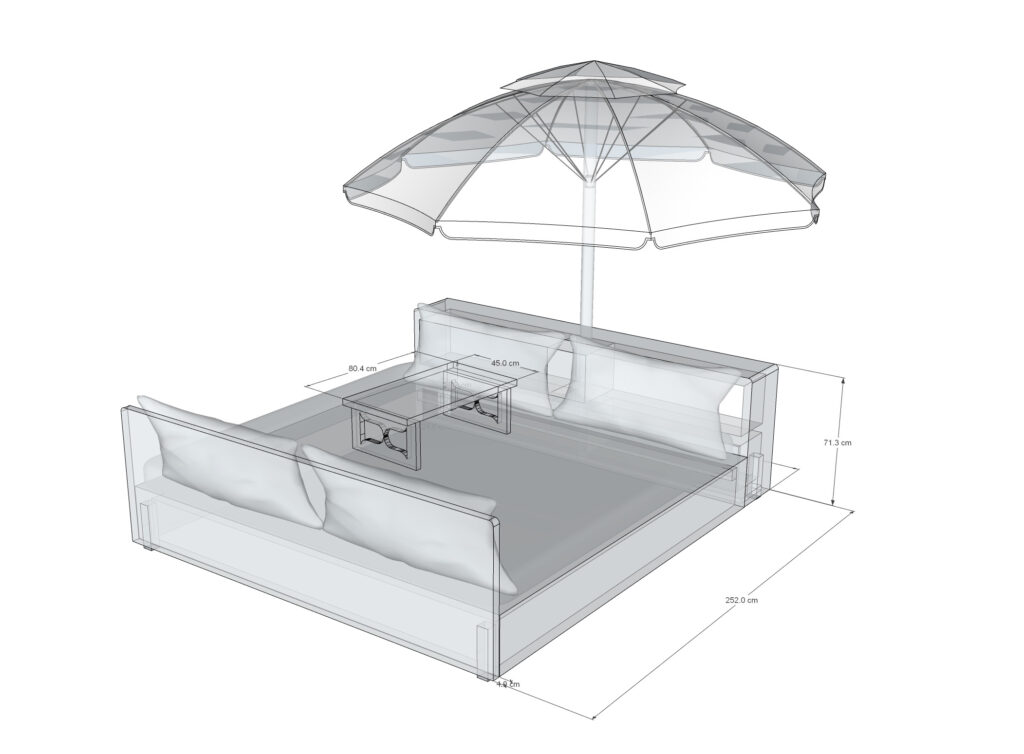
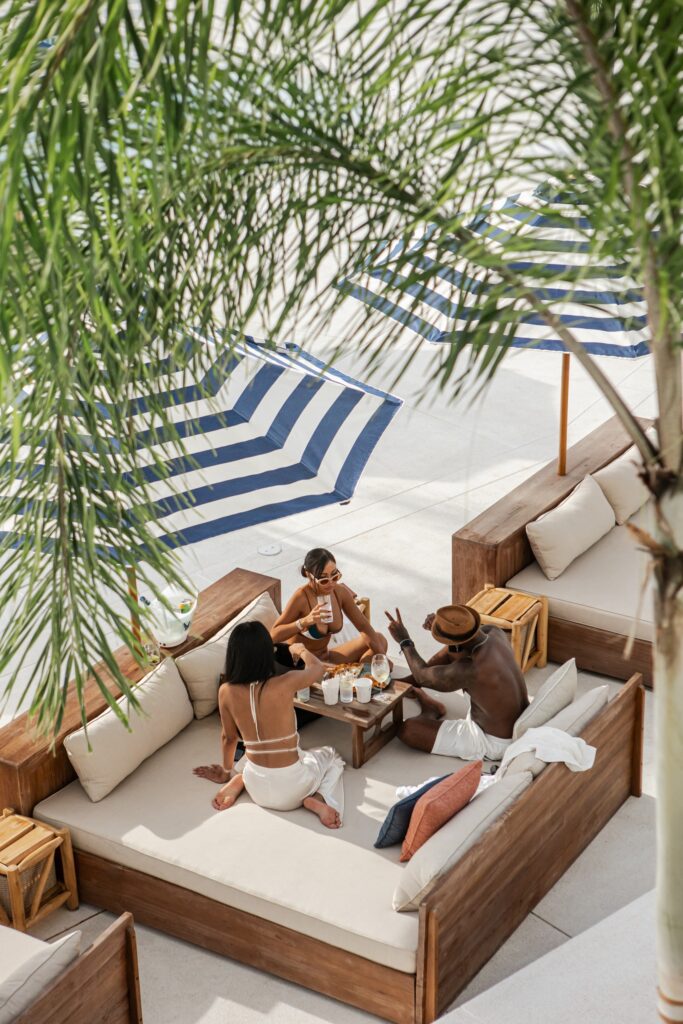
The Materials Problem
Furniture fabrics were another headache. German imports like Sunbrella were absurdly expensive in Thailand, so we sourced high-quality Indonesian fabrics that did the exact same job for a fraction of the cost. The wood was even trickier—new teak has an annoying habit of warping and cracking in the sun, which is precisely what you don’t want in an outdoor setting. So we insisted on reclaimed teak, which is both more stable and, frankly, just looks better.
Then came the fun part: finding a factory that wouldn’t ruin everything. We spent months refining designs, fixing technical and structural issues, managing the factory, and micromanaging the factory some more. WhatsApp became our second home—constant updates, quality checks, minor heart attacks.
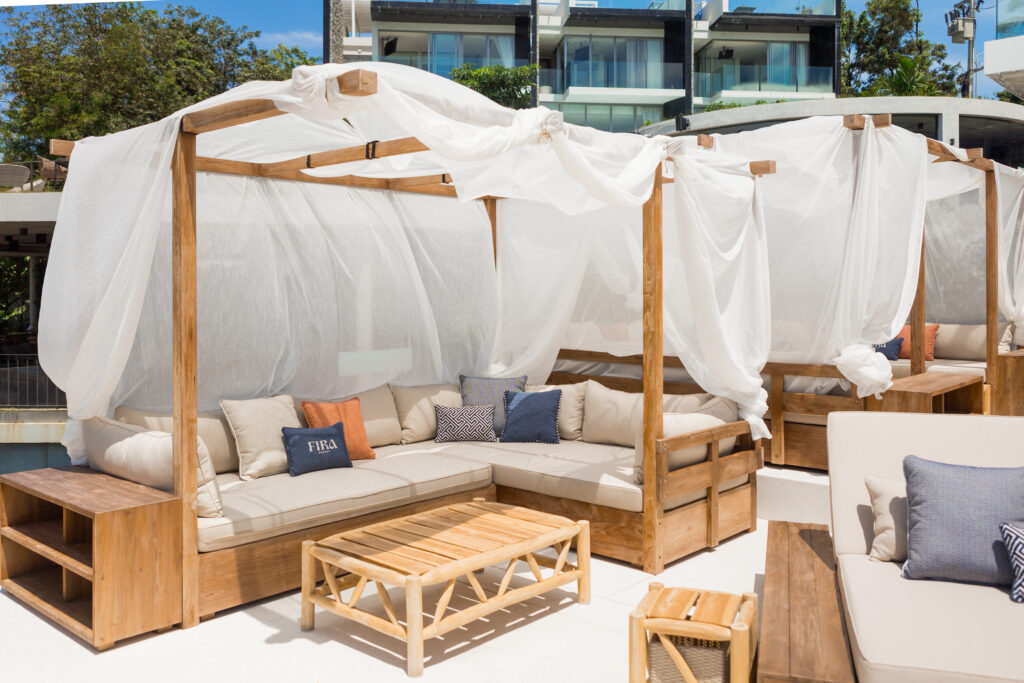
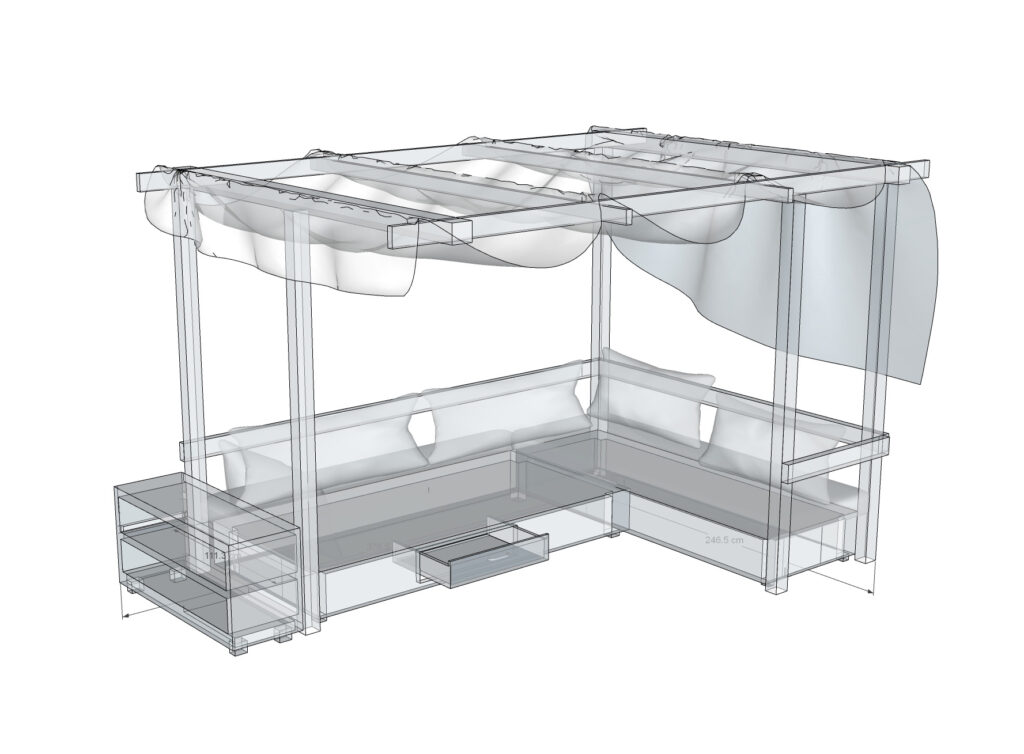
Java to Phuket: The Final Push
Three 40ft containers later, we landed in Phuket to oversee the installation. We worked with a local team to assemble everything, sort out the cushions, custom embroidery, and last-minute fabric sourcing, and generally prevent anything from catching fire (metaphorically speaking). We even gave the Fira maintenance team a crash course in keeping everything in good shape.
Oh, and we saved the client around $100,000 in the process. Not bad.
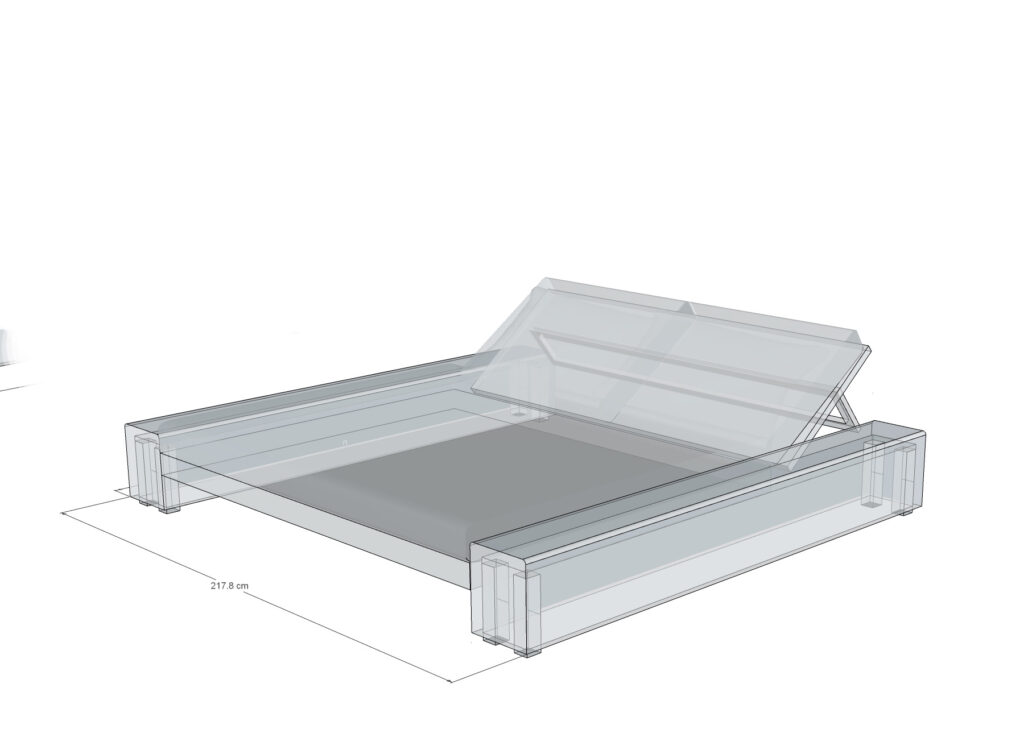

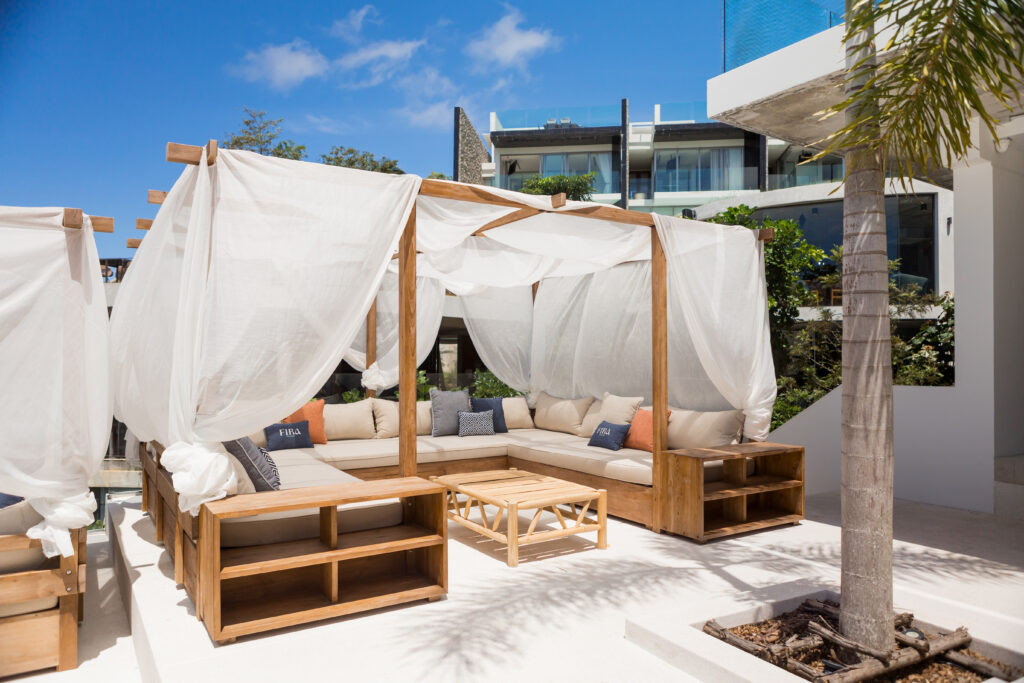
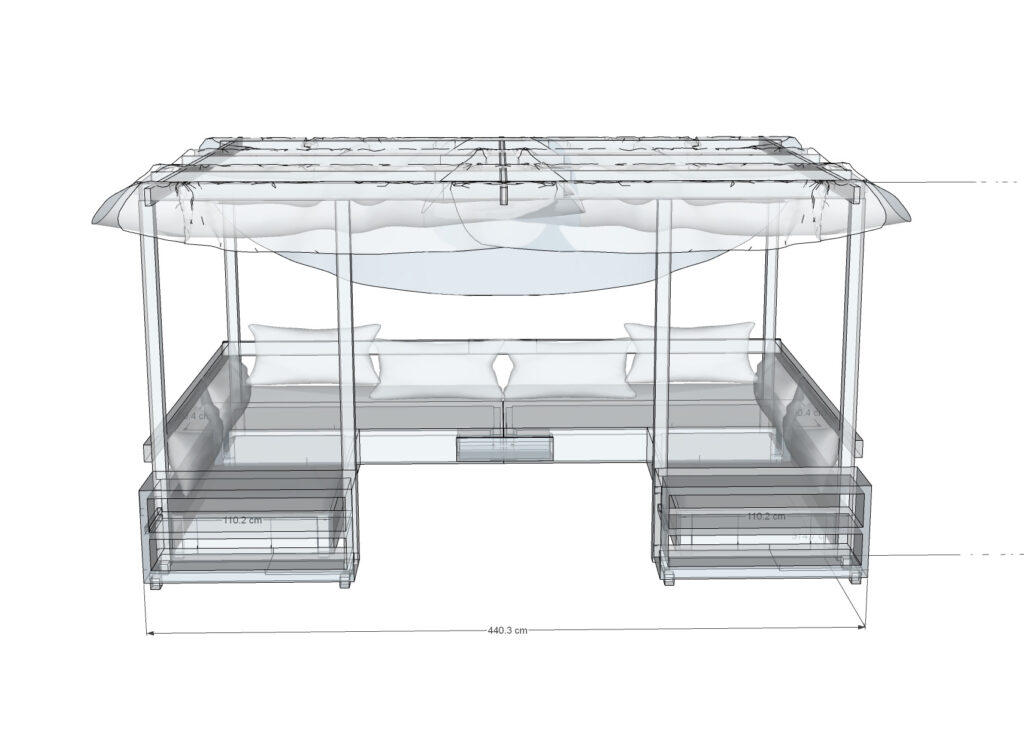
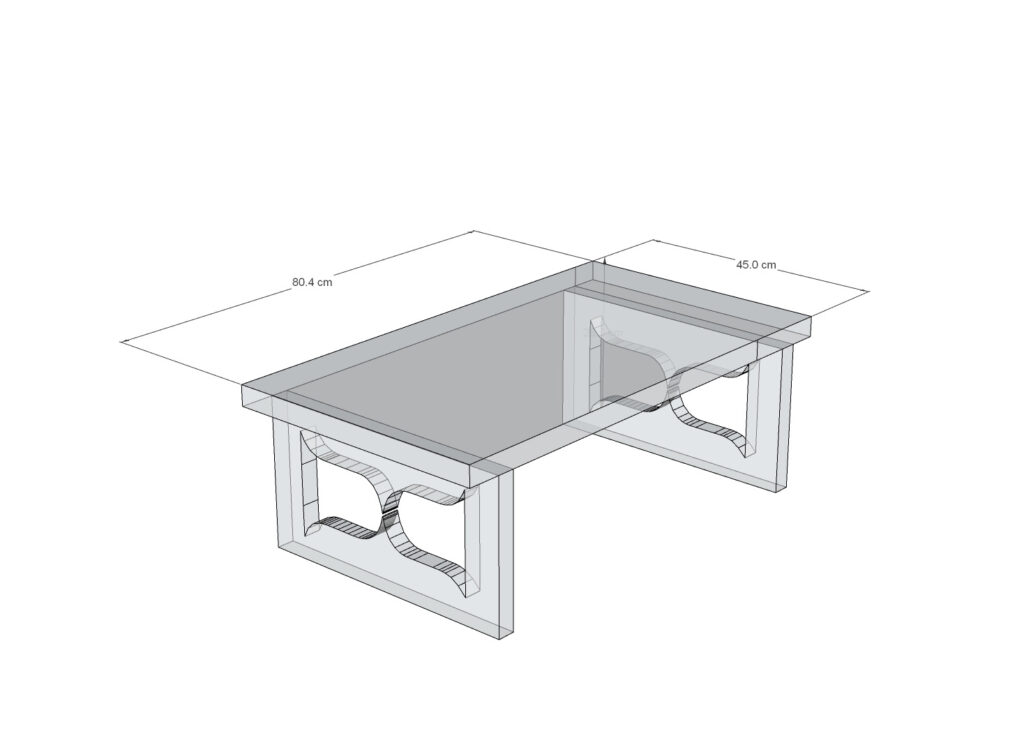
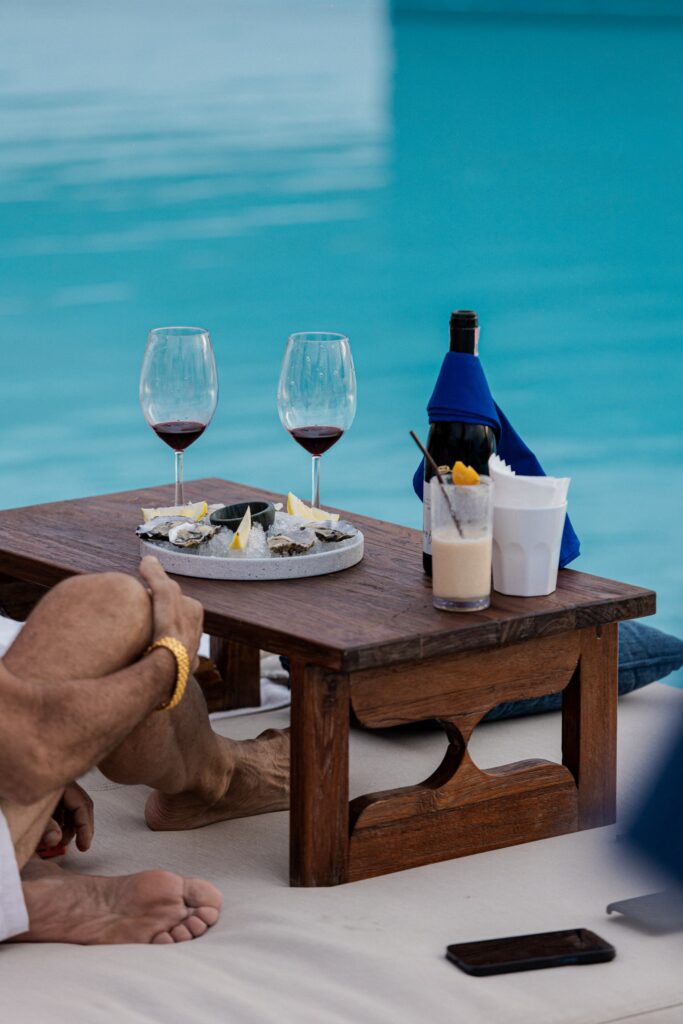
What’s Next?
If you’ve got a project that needs durable, well-designed furniture that won’t fall apart at the first sign of rain, sunshine, or an overenthusiastic tourist, I’d love to do more of this. Get in touch.

